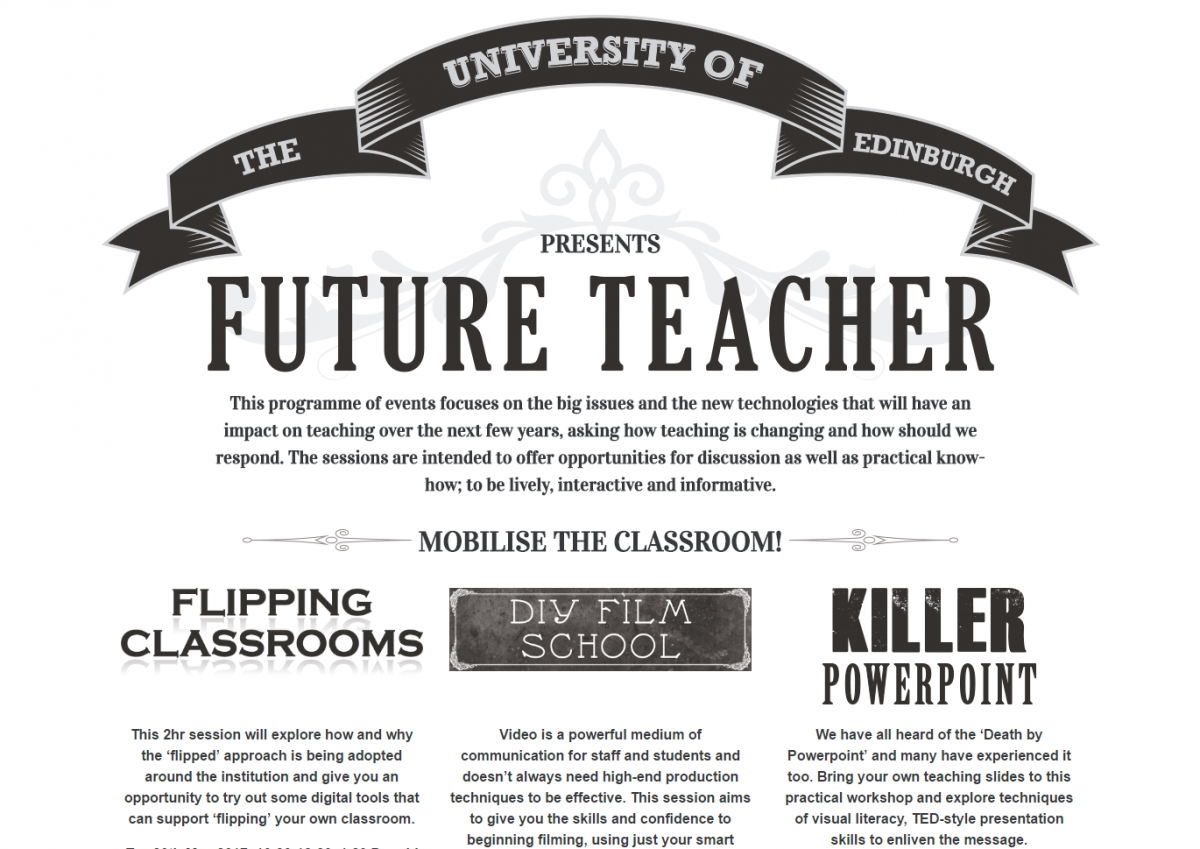The government of the UK simultaneously presses us to make use of the web and technology, whilst concerning themselves with how to monitor us doing so. Hand (2008 p41) argues that
“the dominant narratives of digital culture are somewhat polarized when seen in the most general terms: on the one hand, we have a potentially democratizing technology of circulation, networking, interactivity, and empowerment, while on the other, a potentially de-democratizing technology of surveillance, privatization, and commodification.”
The subject of this tweet sits uneasily in such a frame of reference. On the one hand, the captured image has been taken from an “open” surveillance camera and shared on Twitter. It was put there by a Twitter bot. On the flip side, the fact that the owner of the surveillance camera likely doesn’t even know the camera is “open” and probably has not chosen it to be made freely available. It still represents the ubiquity of “security” cameras, and also highlights a concern that if you have a camera connected to the web, there’s no way to guarantee that it will not be put to use by others: twitter bots; or even state-sponsored others.

from Twitter https://twitter.com/c4miller
January 13, 2017 at 12:46AM
via IFTTT
Hand, M (2008) Hardware to everywhere: narratives of promise and threat, chapter 1 of Making digital cultures: access, interactivity and authenticity. Aldershot: Ashgate. pp 15-42.


